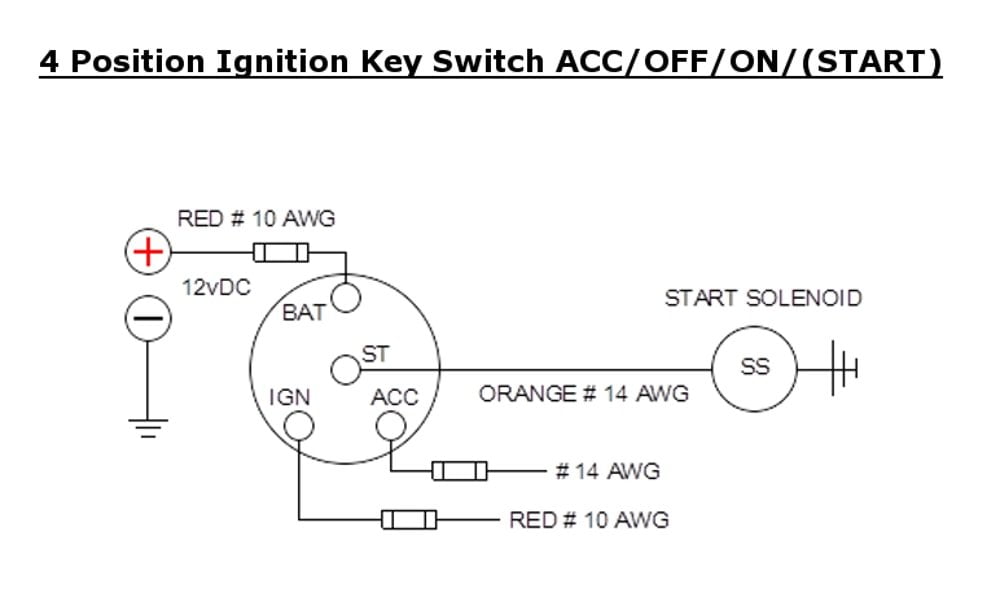
In a traditional ICE (Internal Combustion Engine) car the electrical energy to turn the vehicle on comes from a single 12 V DC lead acid battery (KL30), in an ICE Bus or Lorry this can be two 12 V DC lead acid batteries in series giving 24 VDC. some modern hybrid cars have also got a 48 VDC system. In most BEV (Battery Electric Vehicles) they also have a lead acid battery to provide initial power for turning the vehicle on (KL15) and closing the HV contactors.
In an ICE vehicle, the power in the lead acid batteries is replenished using either an Alternator, which is powered by the Internal Combustion engine or a BISG (Belt Integrated Starter Generator), on an EV this battery is replenished from the HV supply via the onboard DCDC converters, either from the HV Batteries under normal operation or the charging circuit when the vehicle is on charge.
This post is a supplementary post to “In Automotive Wiring, What is KL?” and provides some additional information.
- KL15 represents the Zündschloss signal, which is the engine ignition signal (corresponding to the IGN status of the car key). It also represents the signal for twisting the car key to start the car. Most ECUs need to be started when the car is started, such as chassis system ECUs, ABS, ESP, ABM, etc. Some will also classify it as KL15R (R stands for Radio), which is where the key is rotated to the point where the radio works (corresponding to the ACC status of the car key), but the car has not started yet. Like the dashboard, doors and windows may receive this signal. This signal is powered by the Zentrale Elektrik (the main electrical box in the car) and is led out through the fuse to the KL15 pin of each ECU.
- KL30 is the ECU power supply (Connected to the vehicle battery) and provides the ECU’s working voltage. Some ECUs can work when the car is turned off (corresponding to the OFF state of the car key), such as the BCM (Body Control Module). This line will have battery-positive voltage on it at all times.
- KL31 is the ECU ground source. The KL31 signal will be connected to the public ground terminal of the battery, usually starting with W such as W4 indicating the ground terminal of the engine baffle. There are generally several public ground terminals on the car, distributed near the engine, dashboard, car bottom, roof, and rear compartment. They are used to common ground the ECUs.
- KL61 or Klemme D+ represents the engine start signal. Strictly defined, it refers to the generator indicator signal connected to the engine. However, the generator is driven by the engine, so it means the engine is started.
- KL30a represents the positive terminal of the 12/24V output device.
- KL40 represents the positive terminal of a 48V battery.
- KL41 represents the negative pole of a 48V battery.
- KL50 represents the car’s crank mode, the ignition gear.




